The UK countryside is abundant with easy-to-forage weeds. You don’t need to travel far to find superfoods, many are found in gardens, on roadsides, and in easy-to-forage areas up and down the British Isles. For many, the plants to look out for are dismissed as weeds, but there are many opportunities to put healthy and free food on your plate, if you know what you’re looking for.
Before heading out to pick your delicious, healthy treats, remember to be sure to read up on how to forage responsibly and sustainably. Pick only what you need and always leave plenty behind.
A Guide: Easy-To-Forage Weeds
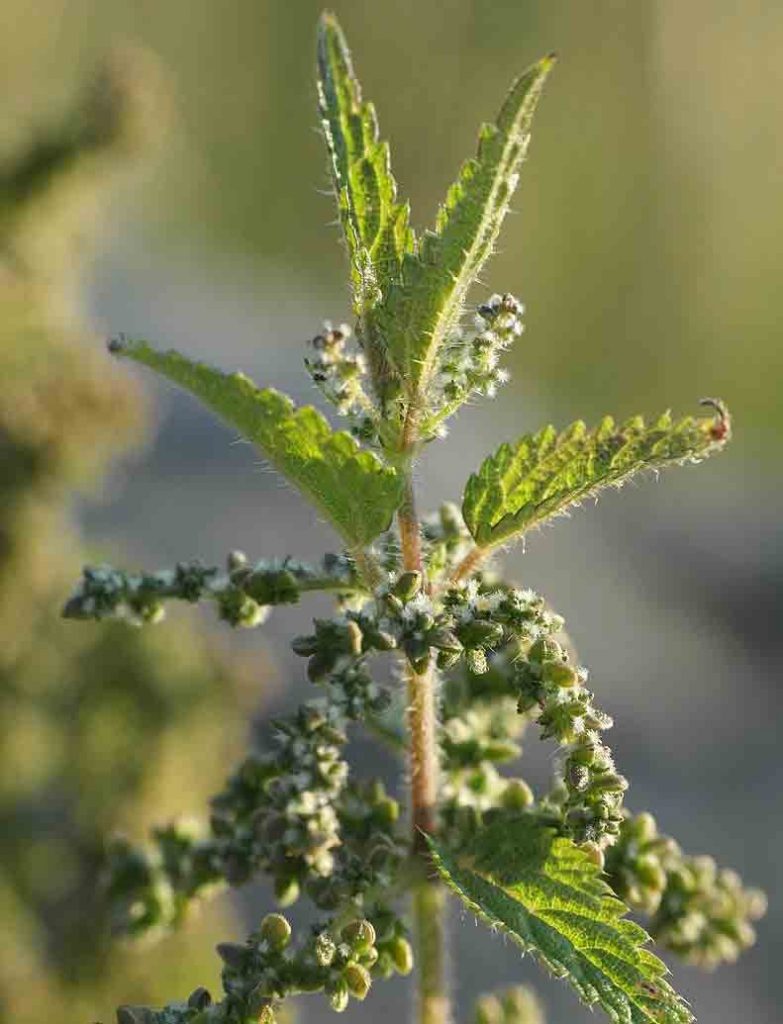
Nettle (Urtica dioica)
Nettles contain about as much Omega-3 as spinach, essential amino acid levels comparable to chicken, and a whole host of vitamins, including: 100% of your recommended daily intake (RDI) of Vitamin A, up to 50% of Calcium, 20% of Fibre and up to 12% of Iron (1).
To prepare nettles to eat, simply drop them in a pot of boiling salted water for a few minutes to render the sting harmless. Alternatively, you can dry them (using a dehydrator if you have one) or soak them in water for a few days. You can then use them in a variety of recipes, such as nettle pesto or soup, or as an infusion in tea.
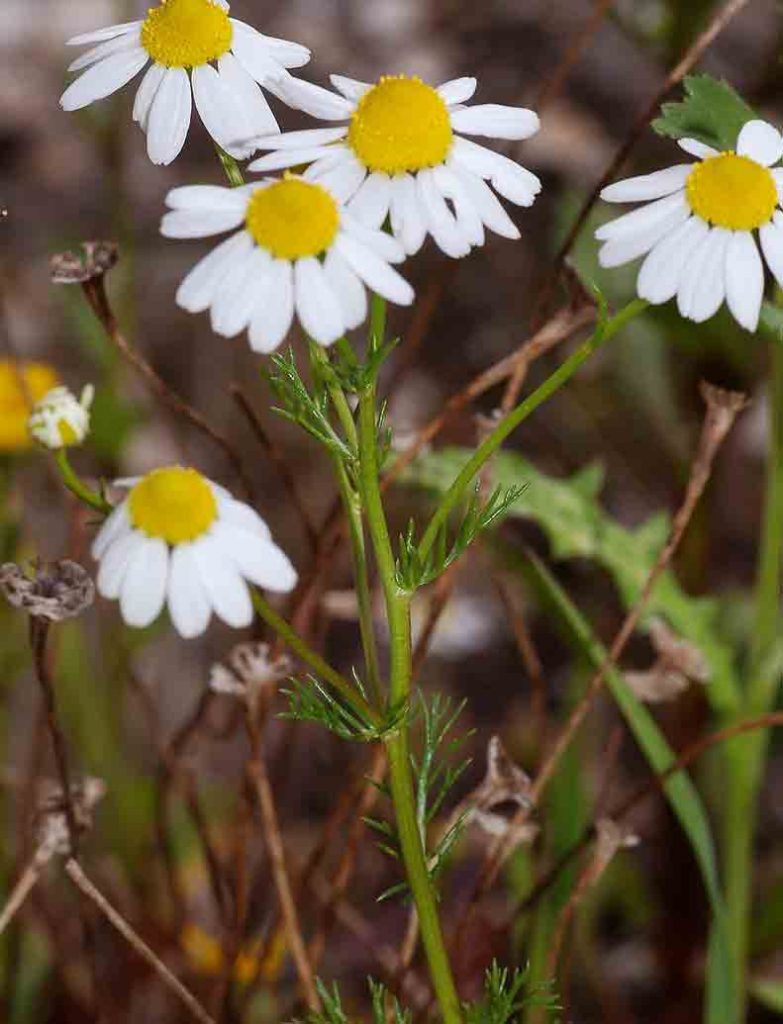
Chamomile (Matricaria recutita L.)
There is strong scientific evidence to suggest that this common flower has a range of health benefits. The chemicals found in chamomile flowers have been shown to be moderate antioxidants and antimicrobials. What’s more, animal model studies indicate potent anti-inflammatory action and some cholesterol-lowering activities (4).
Chamomile flowers can be washed, dried and used on their own, or as a blend, in herbal teas. It also serves as an attractive and healthy garnish to desserts, such as panna cotta.
Be careful when you forage, if you are allergic to flowers like daisies, however, as chamomile can cause allergic reactions.
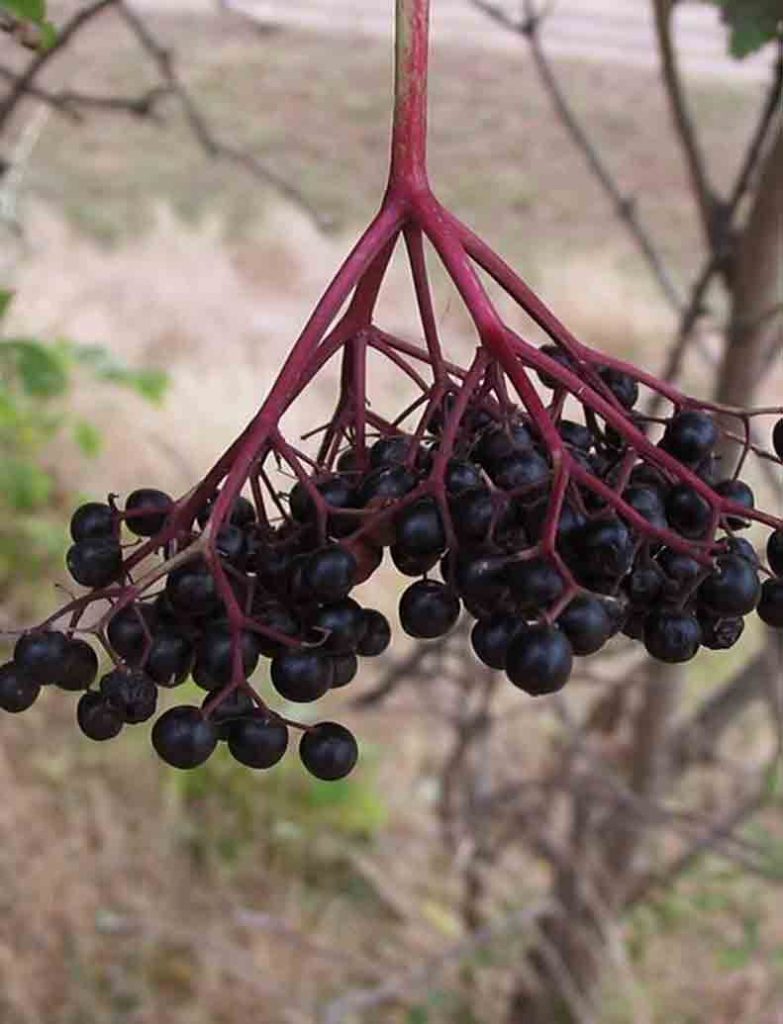
Elderflowers (Sambucus nigra L.)
Another popular and refreshing summer drink is elderflower ─ often in the form of cordial. The earliest records of elderflower cordial date back as far as Roman times!
You can often forage fresh elderflower throughout the British countryside and sometimes in your back garden. Fresh elderflowers also contain a lot more goodness than their dried counterparts, so making it yourself can be one of the best ways to extract the full health benefits of these flowers.
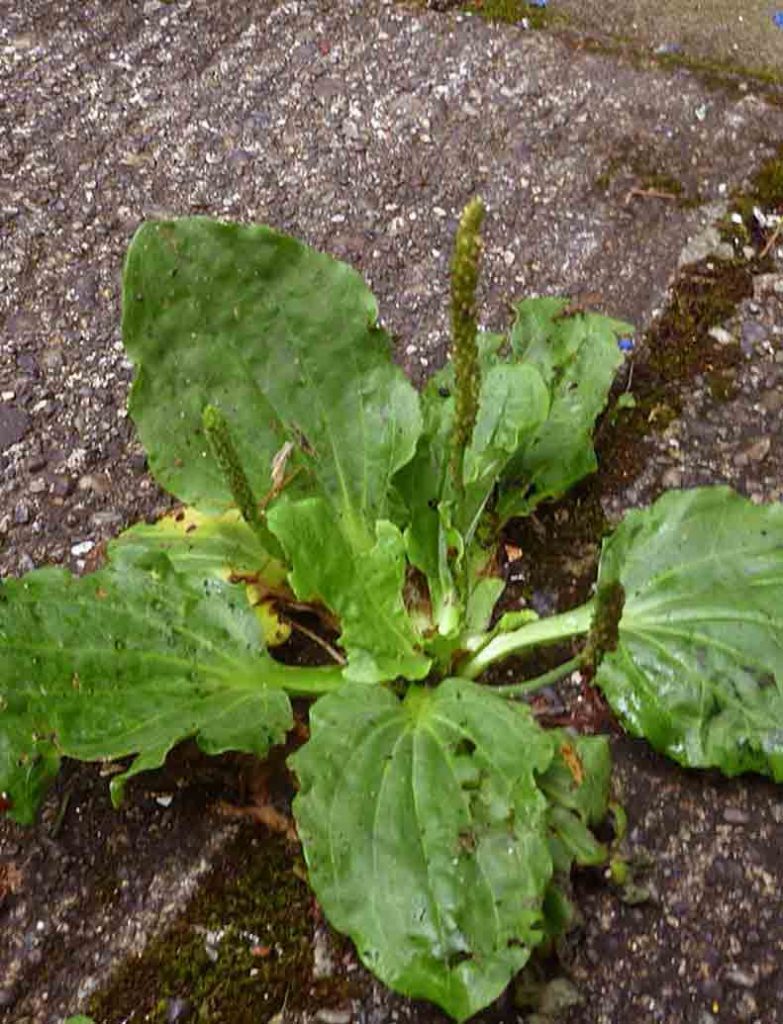
Broadleaf Plantain (Plantago Major)
Often found by roadsides as a leafy weed, the broadleaf plantain has a wide variety of health benefits that have been used as far back as 1000 years ago. More recent studies have shown that broadleaf plantain can be useful for enhancing the immune system, reducing the size of tumours, and protecting the gut (6).
It is also an anti-inflammatory, anti-infective, antibiotic, antifungal, antiviral and antioxidant (6), and they are also high in calcium and vitamins A, C, and K (7). It can also be used to heal the skin when applied locally.
Both leaves and the seeds of the broadleaf plantain can be eaten raw or cooked in stew or simply baked on their own.
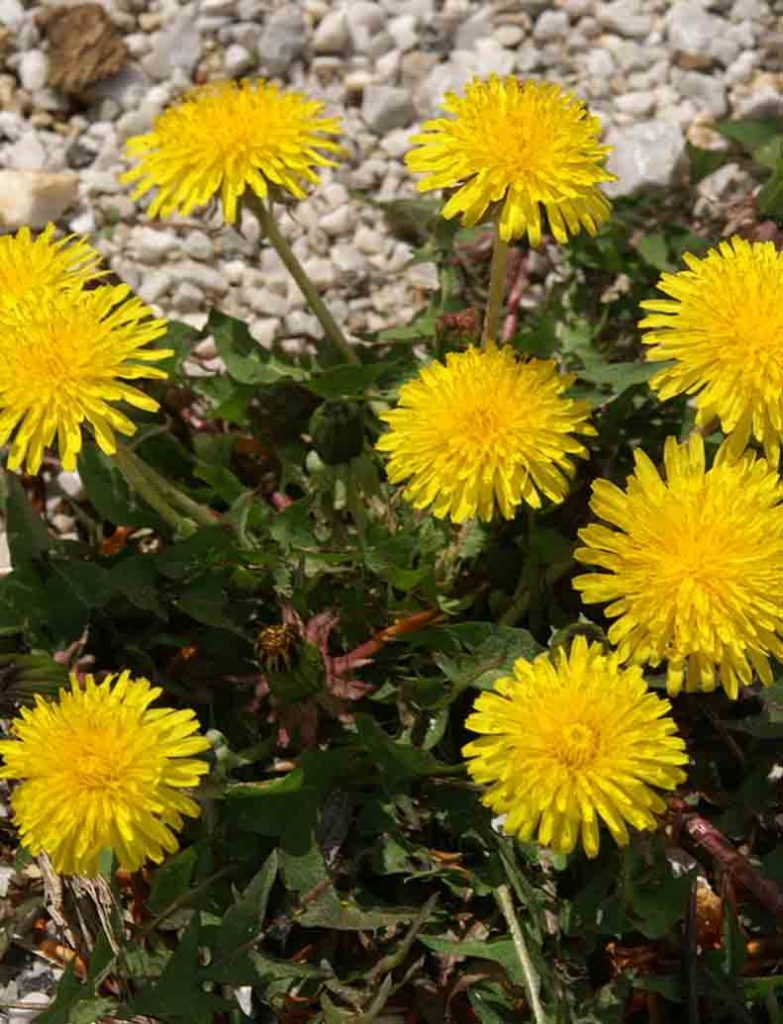
Dandelion (Taraxacum officinale L.)
Dandelion has long been used in folk medicine as a cure for sore throats, high blood pressure and urinary infections. Recent research has substantiated a number of these health benefits, showing that dandelion can indeed reduce cholesterol, blood glucose levels (2), and inflammation (3). As a mild diuretic, it can also help if you are suffering from a UTI (urinary tract infection) or thrush.
All of the dandelion plant can be used in various recipes, from petal-infused wine or honey to simply eating dandelion roots whole, just like carrots or parsnips. You can even enjoy the benefits of dandelion in Emunity’s Gooseberry drink, which contains nettle, gooseberry, dandelion, rosemary and thyme.
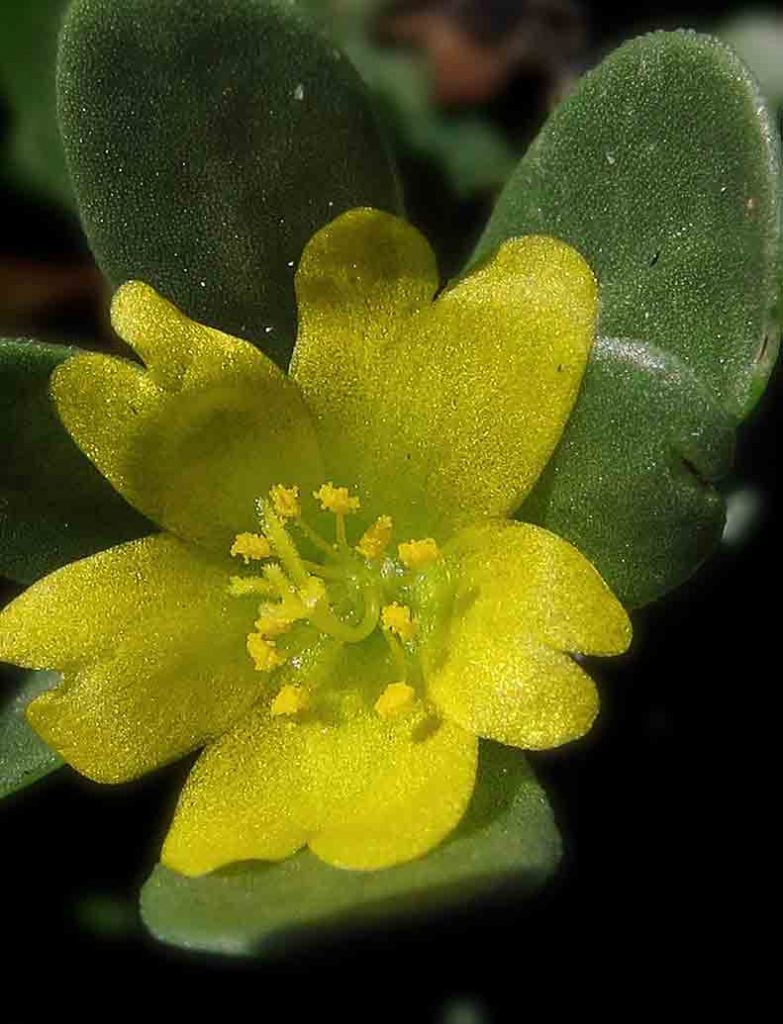
Common Purslane (Portulaca Oleracea)
Common purslane is found in gardens and public spaces across the UK and is often seen as a weed, given its hardiness and ability to rapidly spread. The succulent leaves of the common purslane are also an excellent source of nutrients and antioxidants!
It is incredibly rich in potassium (494 mg/100 g), magnesium (68 mg/100 g) and calcium (65 mg/100 g) and it contains four different types (8) of omega-3 fatty acid (9) ─ useful for controlling cholesterol.
Also helping its cholesterol-busting properties, common purslane has some of the highest amounts of alpha-linolenic acid (ALA) and gamma-linolenic acid (LNA) of any green leafy vegetable (8).
The leaves of purslane can be washed and eaten raw in a salad, mixed into delicious chimichurri sauce or blended with basil and pine nuts into a healthy twist on pesto. In fact, there are lots of things you can do with purslane for an extra healthy kick to your food!
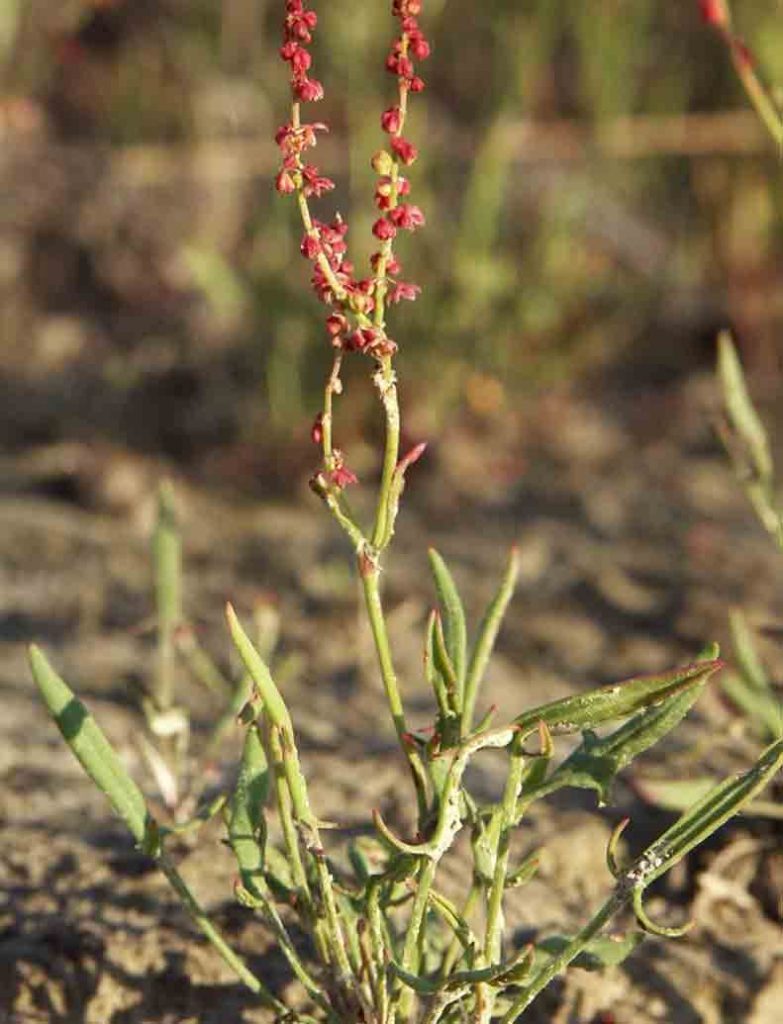
Sheep Sorrel (Rumex Acetosella)
This is a small flowering plant that is commonly found growing in back gardens across the country.
As a good source of vitamins C and E, it can contribute to a healthy immune system and glowing skin. Sheep sorrel is also a very good source of antioxidants (10). However, due to its high levels of potassium oxalate, it should only be eaten in small amounts.
Sheep sorrel has a tart, almost lemony flavour that can be a wonderful addition to salads or mixed into a stir fry for a healthy boost. It is best harvested in summer or early autumn.
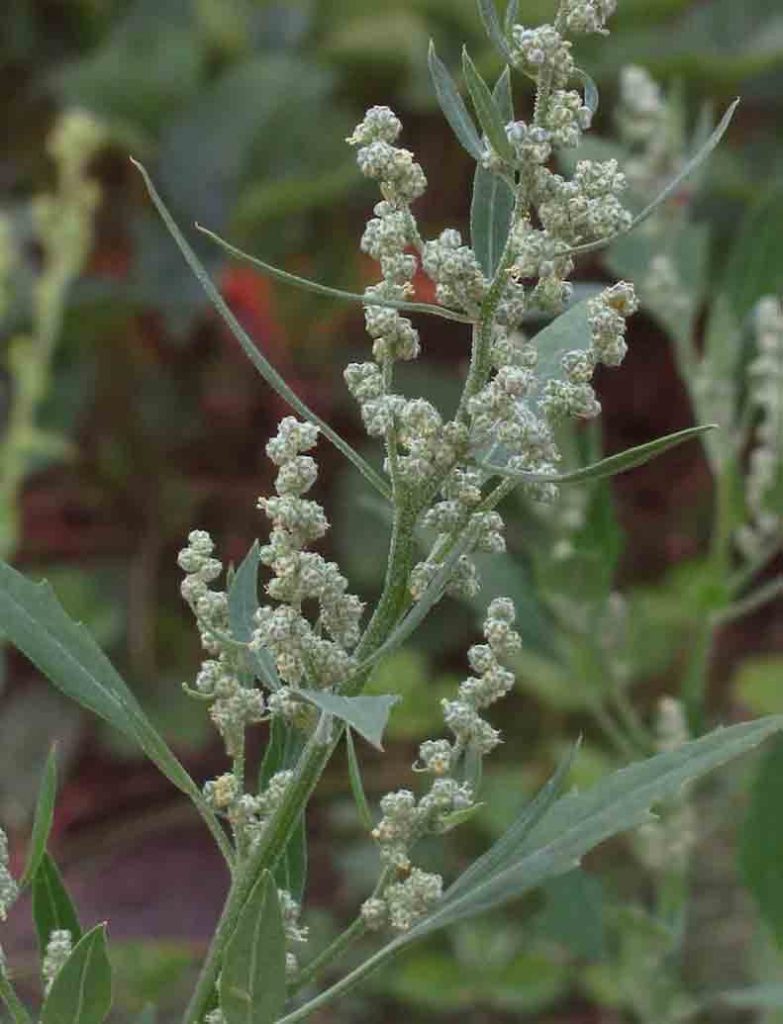
Lambsquarters (Chenopodium album)
Otherwise known as white goosefoot, this is incredibly rich in folate (11). In fact, raw lambsquarters has the highest amount of folate (97.5 μg/100 g) of any commonly found weed.
It is also rich in carotenoids (commonly associated with carrots) which can be converted into vitamin A which is essential for growth, immune system function, and eye health.
Lambsquarters also contains over 10% of your RDI of iron and magnesium, as well as both vitamins B6 (when steamed) and K (11).
Once harvested, wash your lambsquarters to get rid of the white powdery bloom and other debris. It can then be eaten raw in salads or, for maximum extraction of vitamin goodness, steamed or sauteed and added to almost any recipe you might use spinach in.
Words by: Roy Lamb, Pharmacist and Co-Founder of UK-based Nasslor Health-drinks Ltd. Makers of Emunity, created from an old family recipe using blended nettles with English Garden Herbs to create a great tasting, refreshing drink loaded with immune boosting health benefits. It is 100% natural, with no artificial Ingredients and only 53 calories per can.




